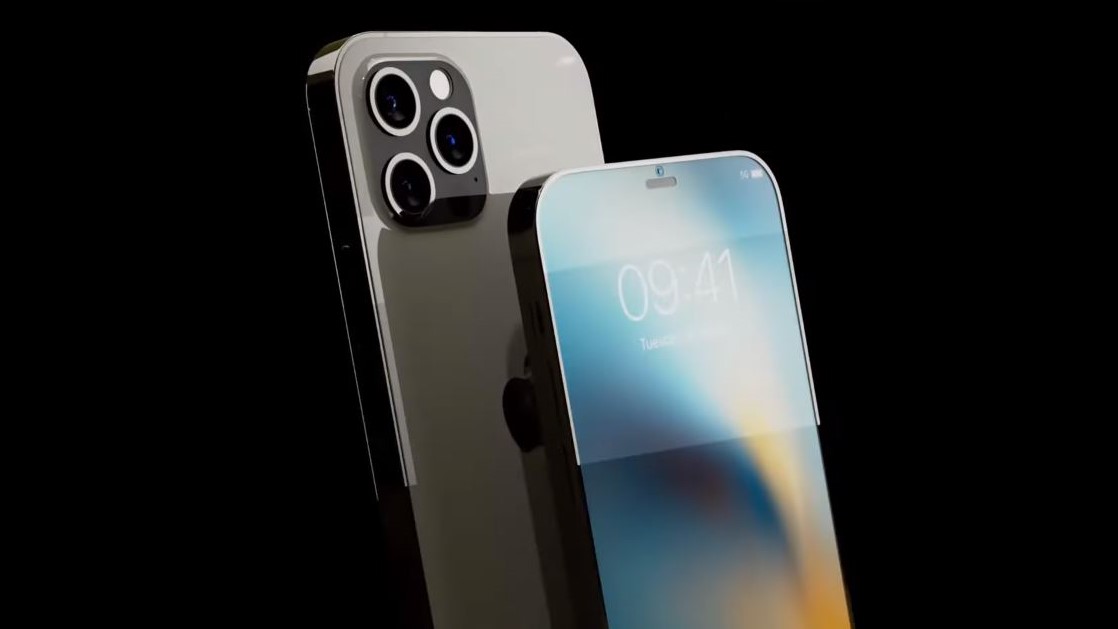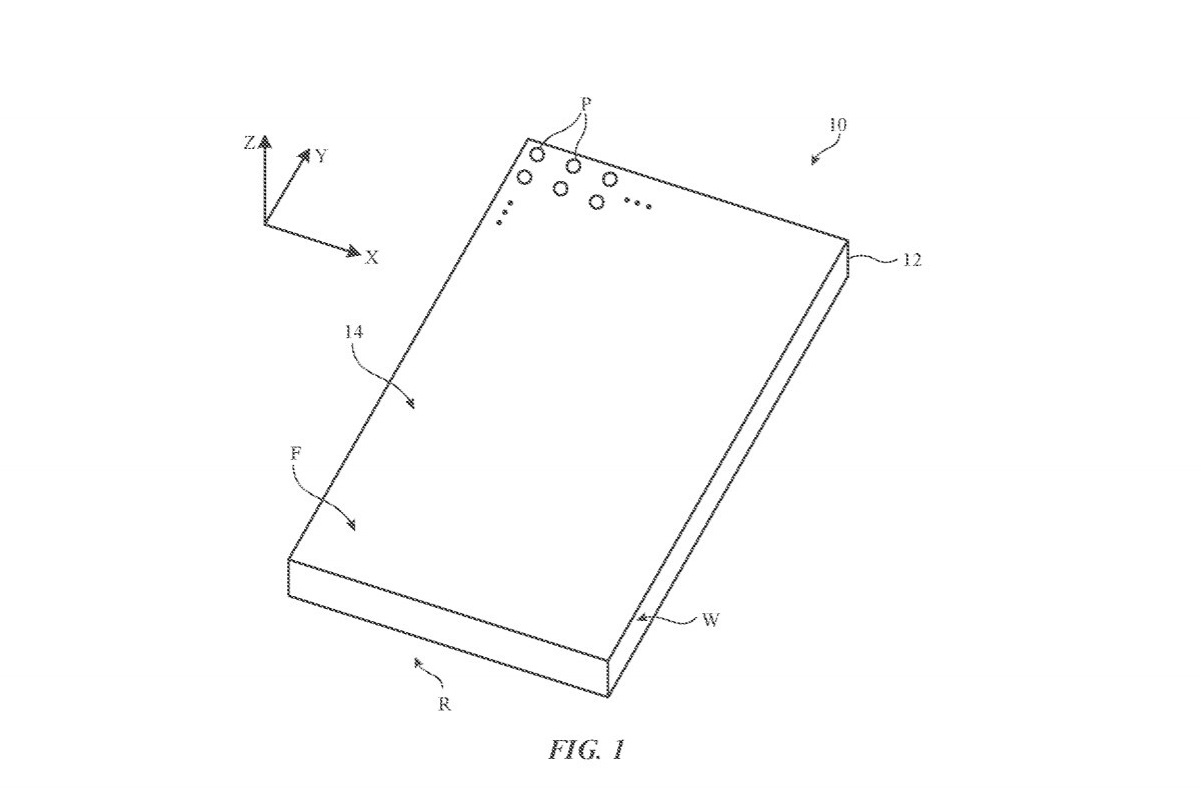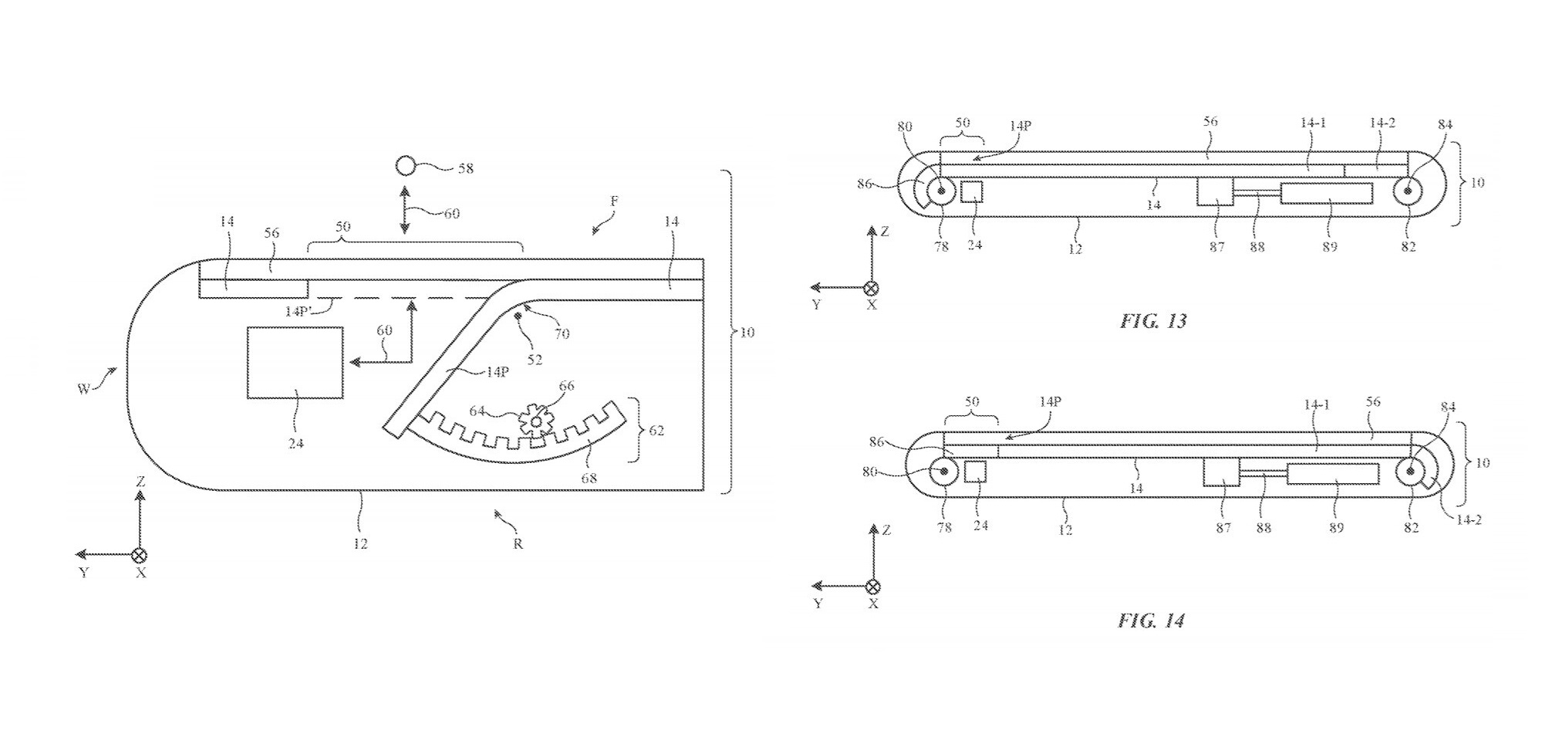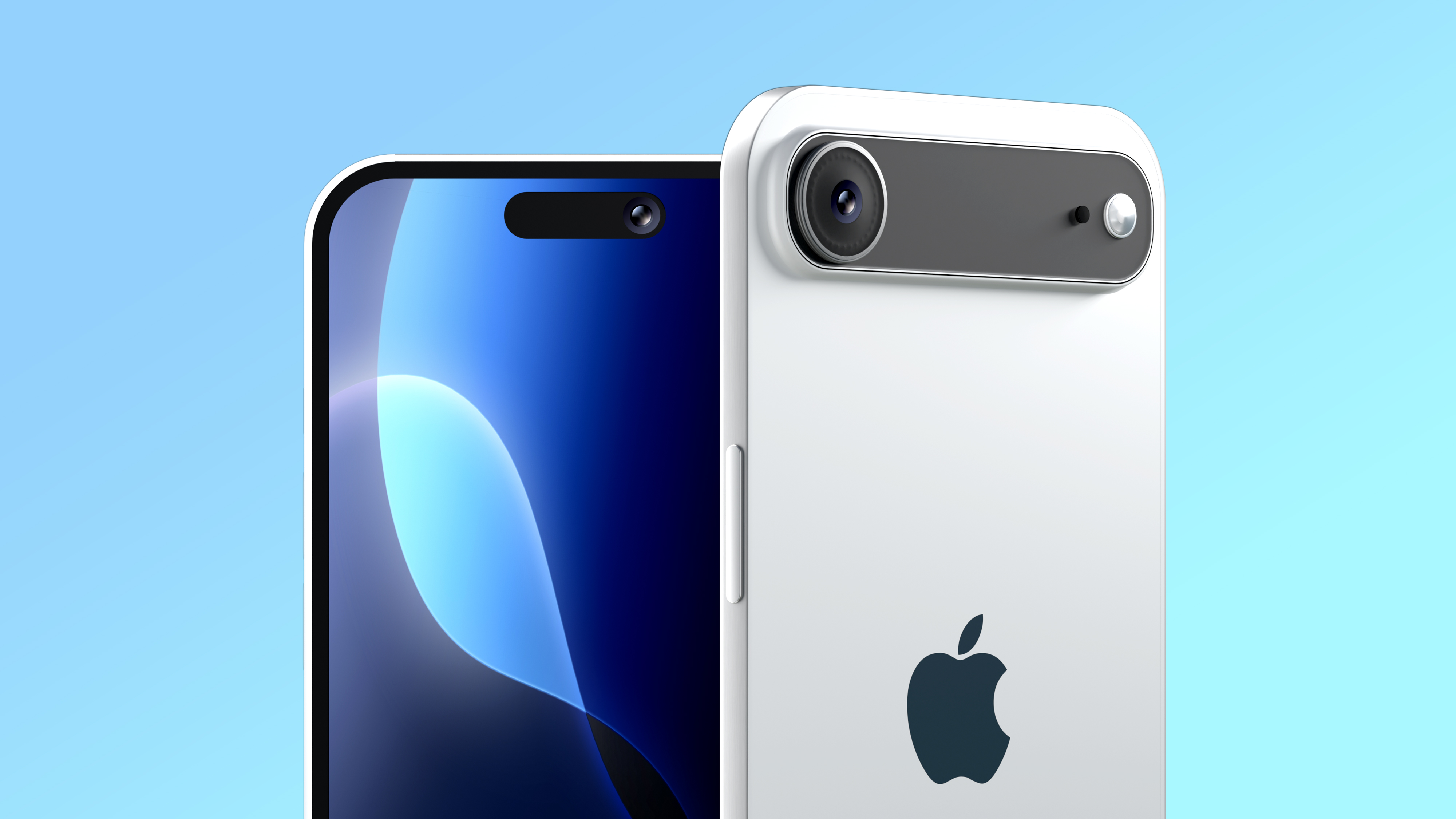iPhone notch could finally be killed — with this breakthrough
New Apple patent shows how a windowed screen could replace the chunky iPhone display notch

We’ve been waiting for several generations of iPhone for Apple to shrink or kill the somewhat divisive display notch. And it’s looking like that could finally happen; just don’t expect the end of the notch in the rumored iPhone 13.
A new patent granted to Apple, spotted by Patently Apple, shows how Cupertino’s engineers might remove the need for the display notch by putting the selfie camera and Face ID sensors below a next-gen iPhone display.
- iPhone 13 — 5 features Apple should copy from Samsung phones
- The new iPhone feature I've been waiting for could finally be coming
- Plus: iPhone 13 Pro reportedly enters production soon as Apple taps new supplier
The idea of an under-display Face ID camera and sensor system is nothing new, as we’ve heard plenty of rumors and hints that such tech could come to future iPhones, maybe the iPhone 14. But this new patent is noteworthy, as it details electronic devices with “adjustable display windows.”
The broad idea described by the new patent is that a display will have some form of window that can be opened by a mechanism to reveal an ”optical component” — think sensors or cameras — that can then be used unobstructed by a display.

“The display may have a window region. During operation, a component such as an optical component may operate through the window region. The window region may overlap a movable portion of the display. The window region may be operated in open and closed states,” the patent summarized.
“In the closed state, the movable portion of the display overlaps the window region and pixels in the movable display portion emit light through the window region. In the open state, the movable portion of the display is moved away from the window region so that light for the optical component may pass through the window region.”

This system would seemingly avoid the shortcomings of current under-display cameras, which effectively try to see through a display and have yet to deliver impressive results. See our on the ZTE Axon 20 5G review, as an example.
Sign up to get the BEST of Tom's Guide direct to your inbox.
Get instant access to breaking news, the hottest reviews, great deals and helpful tips.
In some ways, using a windowed display approach is a form of evolution of the pop-up selfie camera seen in the likes of the OnePlus 7 Pro; though that system was sadly dropped in favor of punch-hole selfie cameras in the likes of the OnePlus 8T and OnePlus 9 Pro.
There is the issue that more moving components can increase the thickness of a smartphone and there's more scope for motorized parts to fail. But even if Apple can make a robust windowed display, we’re not expecting to see it in an iPhone any time soon.
The iPhone 13 could reportedly get a smaller display notch, but it’s no longer expected to have even an under-display fingerprint scanner. So we’d be astonished if Apple equipped its next flagship phone with an under-display Face ID system.
However, we’re hoping that by the time the iPhone 14 inevitably comes around, Apple will have made more progress towards shrinking or removing the display notch entirely. The iPhone 12 has a lovely OLED display, but the chunky notch, by 2021’s standards, is pretty distracting and quite literally eats into the experience of using the display.
While we may need to wait for Apple to kill the display notch, the iPhone 13 is set to bring in 120Hz displays, bigger batteries, a new A15 Bionic chipset, and improved cameras. So its predicted September release date is still worth looking forward to.
Roland Moore-Colyer a Managing Editor at Tom’s Guide with a focus on news, features and opinion articles. He often writes about gaming, phones, laptops and other bits of hardware; he’s also got an interest in cars. When not at his desk Roland can be found wandering around London, often with a look of curiosity on his face.

